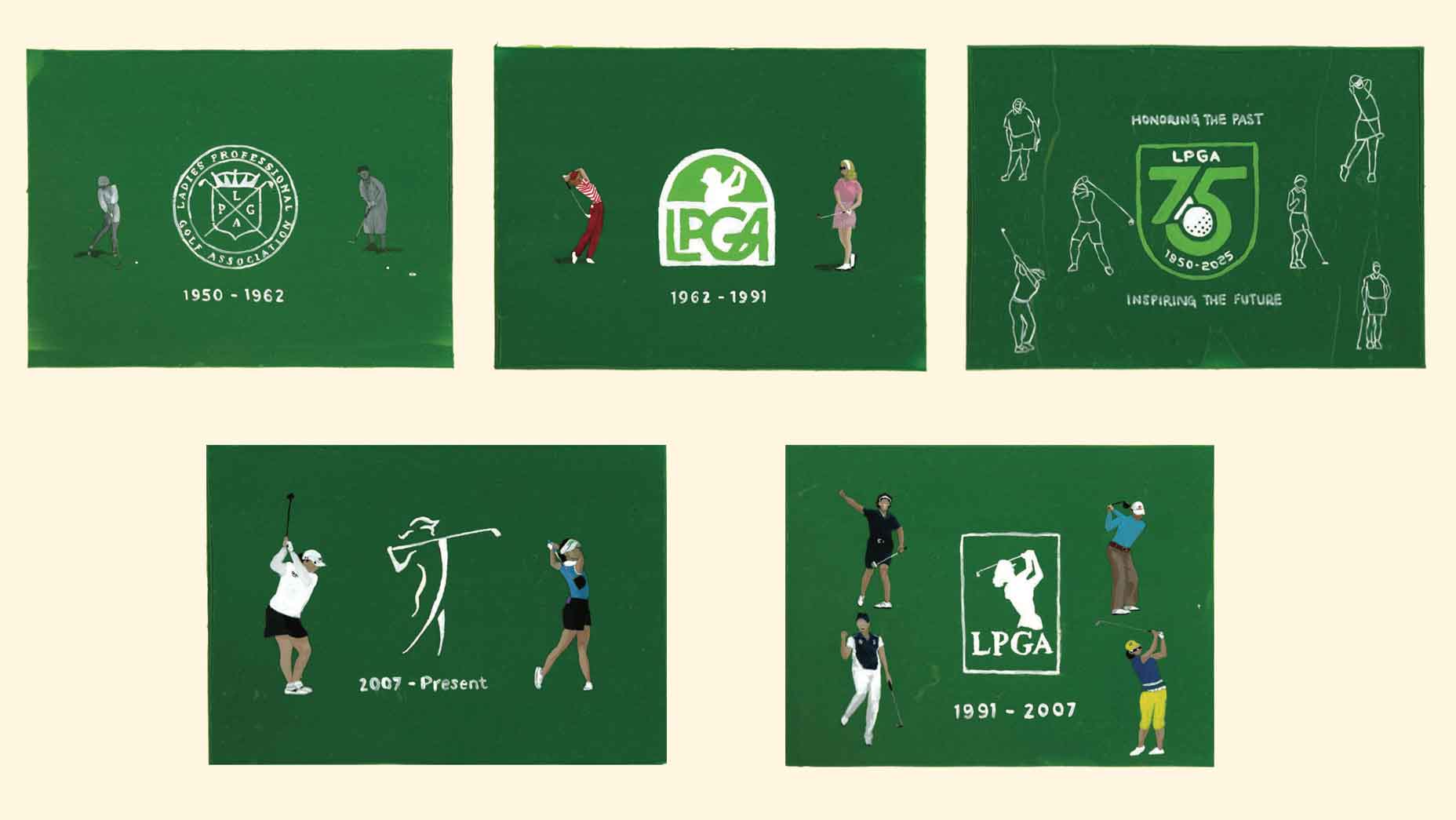While there are plenty of things you can work on when it comes to your improving your game (fundamentals like grip, stance and posture, putting, short game — the list is extensive!) — there is one thing recreational players can do to shoot better scores that doesn’t doesn’t involve the swing: have a specific idea of how far you hit each club.
This is especially important for beginners, instructor Carly Schneider told me at GOLF’s recent Top 100 Teacher Retreat in Scottsdale, Ariz., because new players often rely on others to tell them which club to hit on a given shot rather than seek out the info themselves.
“By knowing your yardages yourself, I think that builds a lot of trust in your own game,” Schneider said. “And then you’re not leaning on someone else to tell you what club to hit when you’re faced with a certain distance or shot. It’s important to build that confidence and trust in your distances.”
Dialing in your distances with each club is easy to accomplish. All it takes is a bit of time at your local driving range, or a facility with a Trackman or similar distance-measuring device. But Schneider says there’s one thing to keep in mind as you measure.
“Make sure you note your average distance as opposed to your top-end distance,” Schneider said. “I think a lot of people will practice and say, OK, that’s the farthest I can hit this golf ball, and they don’t really think about the average that they’re getting when they’re hitting that club. Part of building distance confidence is knowing when you can cover a given distance, assuming the shot won’t be your absolute best all the time.”
Recreational players don’t use this club enough, says instructorBy: Jessica Marksbury
Take, for example, a 7-iron. Perhaps your best swing with this club goes 140 yards, while a solid shot goes 135 and a decent miss goes 130. Taking an average of those numbers will give you a good idea of what you’re capable of when faced with a shot in that distance zone during a round.
The next step: write it down!
“Having a quick reference to know, how far are my distances? What club am I going to pull out right away? It helps pace of play, and it makes you an easier playing partner because you’re not asking somebody to weigh in,” Schneider said.
Since range and course conditions can vary, it’s also a good idea to mark your scorecard whenever you hit a well-struck shot from a given distance on the course. The more comprehensive you can make your distance average, the better!
This winter, make it your mission to have a firm grasp on your distances before you play your next round. And as your confidence soars, your scores will likely plummet.

Blue Tees Player+ GPS Golf Speaker
View Product











